Traditional architecture and… taking a nap
No single architectural technique can solve the sweltering heat that has gripped much of Europe this summer. But on a continent where air conditioning is relatively limited, sustainable building techniques can go a long way toward protecting residents.
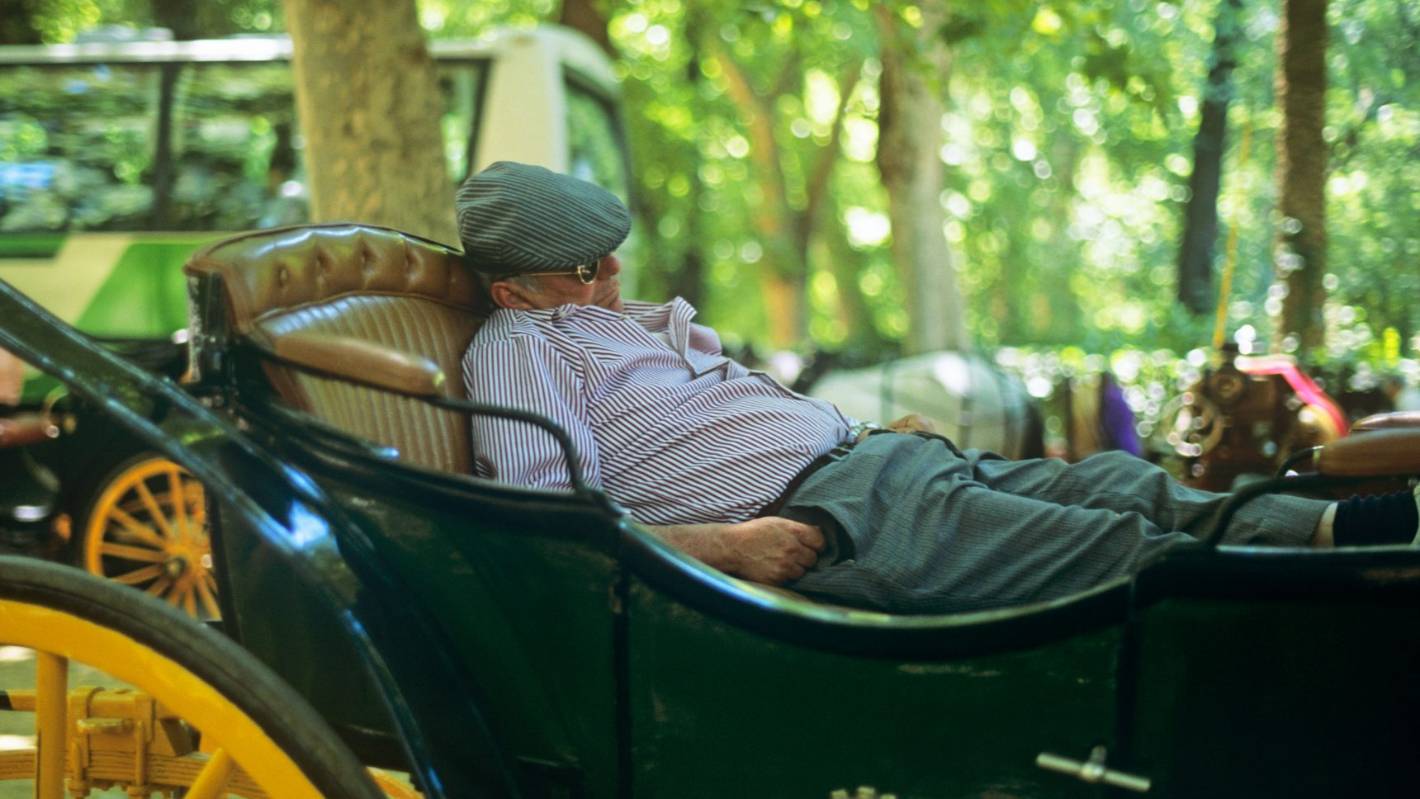
Spain's famous afternoon nap is gaining traction with other European countries, such as Germany, following suit. Photo: Independent
Those features, which include courtyards, heavy shutters, reflective paint and white stone facades, can keep a home naturally cool and reduce the need for air conditioning. The problem, particularly for Mediterranean cities that have endured scorching temperatures this summer, is that many newer buildings have been built in a modern Western style, said Dr. Marialena Nikolopoulou, an expert in sustainable architecture at the University of Kent in the UK.
“We have started importing Western architecture and forgetting local traditions,” Dr Nikolopoulou said on a summer afternoon in Athens, the hottest capital on the old continent – with an average daily temperature of 33.4 degrees Celsius last July and a record high of 48 degrees Celsius.
Modern high-rise buildings and the use of materials such as asphalt to make roads trap heat, contributing to a “heat island” effect, in which cities are hotter than surrounding rural areas. Greece’s ongoing heatwave has led to drought and wildfires in parts of the country.
In Mediterranean countries like Greece, Italy, Spain and Portugal, traditional houses tend to be designed to allow breezes to flow through them. But along with that comes the ability of thick walls to keep them cool.
Thick walls that absorb heat during the day and release it at night will partly offset the coolness for residents without air conditioning, said Dr. Catalina Spataru, an expert in Global Energy and Resources at the Energy Institute of University College London.
In addition, narrow alleys in some old town areas, tree-lined streets and pergolas in public areas also provide shade for pedestrians. Governments in some countries, such as Greece, Italy and Spain, when recommending measures to protect people from the heat, have advised people to take advantage of public spaces. These countries also plan to create small parks in residential areas, which can help keep the air there a few degrees cooler than the street, while also helping residents reduce direct exposure to sunlight.
Air conditioning is not a sustainable solution
With Europe experiencing record-breaking heat, air conditioning is something many residents are keen to have. But cooling experts say that increasing reliance on energy-hungry air conditioning is not a sustainable solution.
According to a 2019 World Bank report, conventional cooling appliances, including air conditioners and refrigerators, account for up to 10% of total global greenhouse gas emissions.
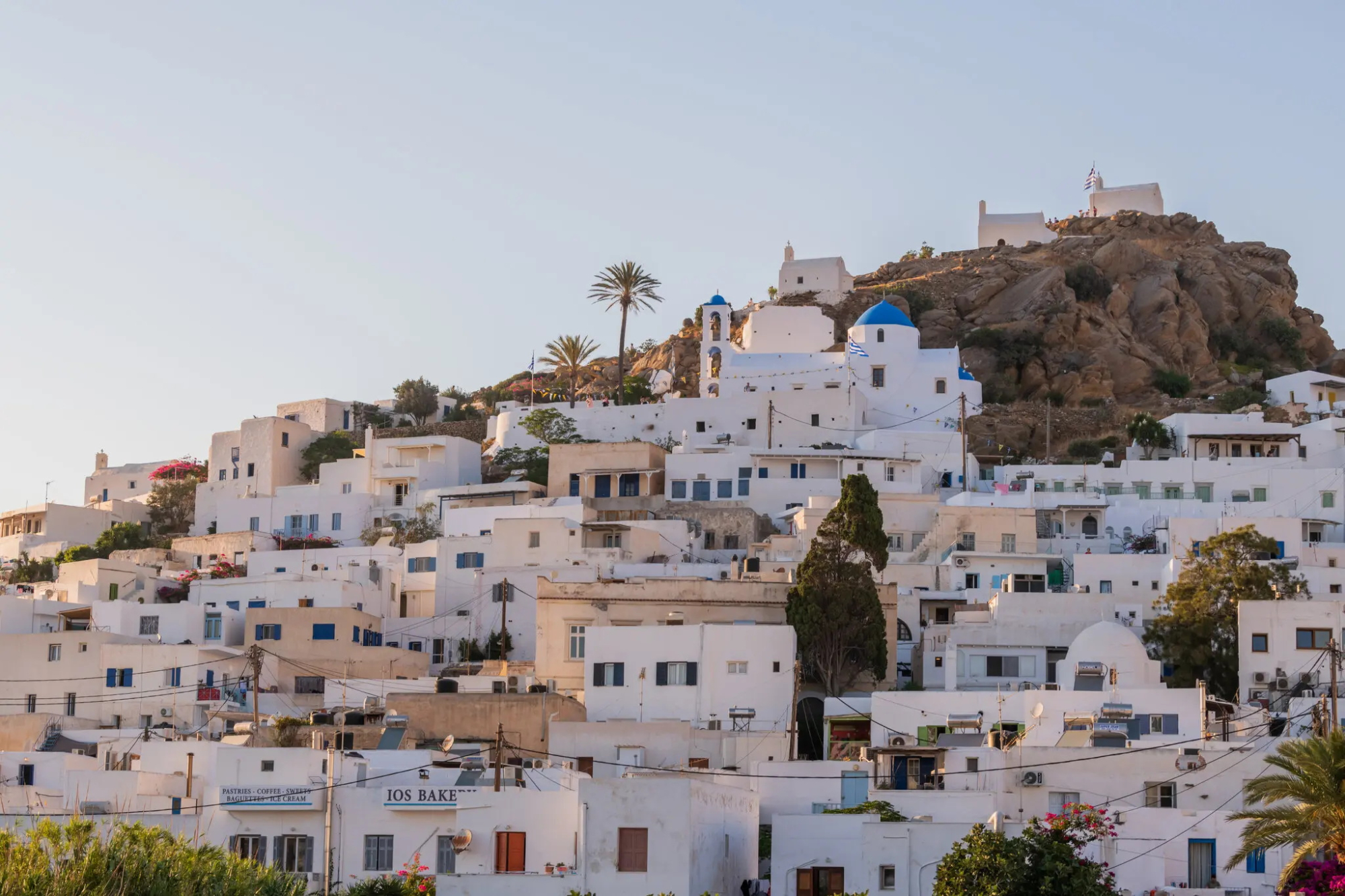
Whitewashed walls in Greece help keep the interior of the house cooler. Photo: New York Times
Meanwhile, the International Energy Agency (IEA), an intergovernmental organization that makes policy recommendations on the global energy sector, said annual air conditioner sales worldwide have tripled since 1990.
Temperatures in northern Europe are generally cooler than in southern Europe, but when the weather changes to extremes like these, a big challenge is that many homes in northern Europe get very hot and stuffy because they are designed to retain heat. In Scandinavia, where many homes are built with lighter building materials like wood, which is great for cold weather, but can make dealing with extreme heat more difficult.
“Buildings and homes in northern Europe are not suited to a hotter climate. With temperatures rising at such extremes, they will need air conditioning,” said Radhika Khosla, associate professor of sustainable development at the University of Oxford.
But according to Associate Professor Radhika Khosla, this will lead to a vicious cycle. “Without sustainable interventions, increased reliance on air conditioning will contribute to increased burning of fossil fuels to keep people cool. And this will only make the outside world hotter,” Ms Khosla stressed.
Learn how to… take a nap
Cooling experts also say that in places without air conditioning, lifestyle changes are crucial to adapting. These include avoiding outdoor activities during the hottest times of the day and napping – even in northern Europe and cooler climates where people are not used to stopping work or activities in the afternoon heat.
The afternoon nap, a traditional part of Spanish life, was once ridiculed by many other European countries as a sign of laziness. But now countries like Germany, one of the countries that hate naps the most, are taking a different view of this habit.
“Taking a nap in hot weather is certainly not a bad idea,” said Karl Lauterbach, Germany’s health minister, referring to calls from German public health officials to follow Spain’s lead, where shops remain closed and streets deserted between 2 and 4 p.m. as people nap.
“We should follow the working practices of southern countries in hot weather,” Johannes Niessen, president of Germany’s National Association of Physicians, said in an interview with the RND news agency. “Getting up early, working efficiently in the morning and sleeping in the afternoon is a concept we should adopt in the summer months.”
Quang Anh
Source








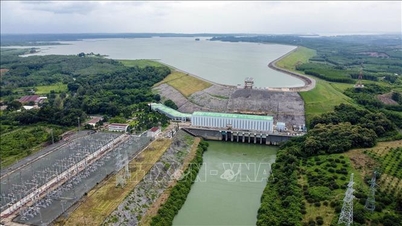


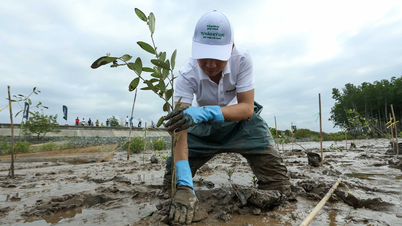



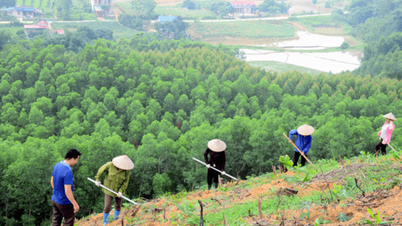




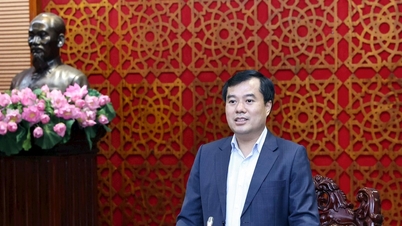




















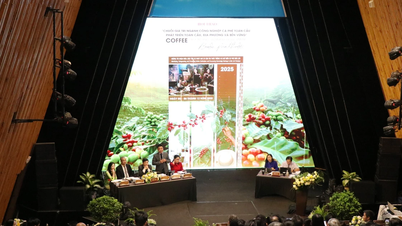


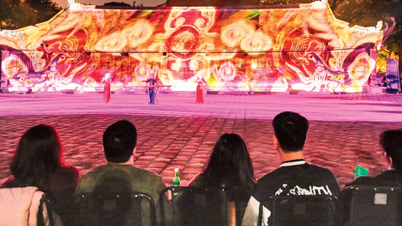

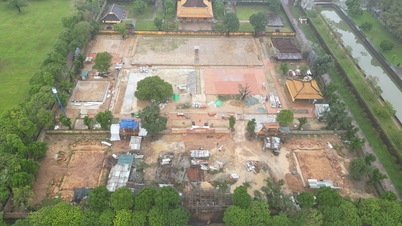
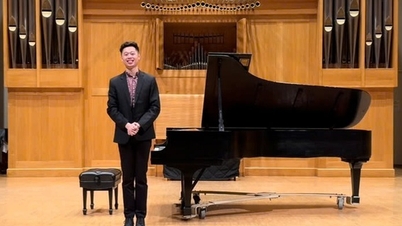




















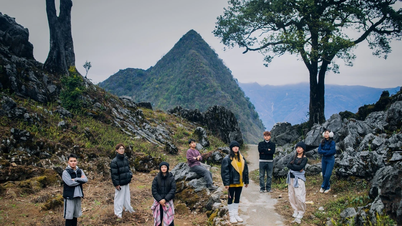
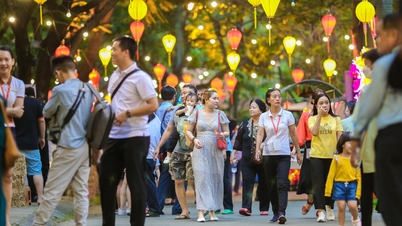

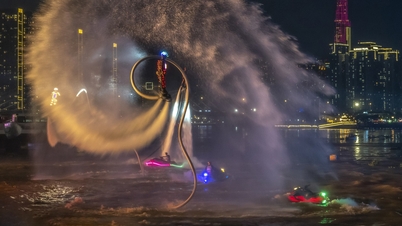


















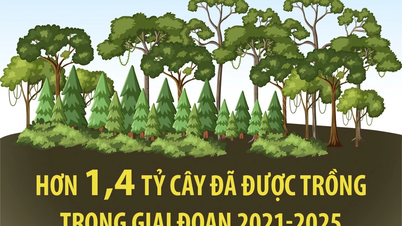




















Comment (0)